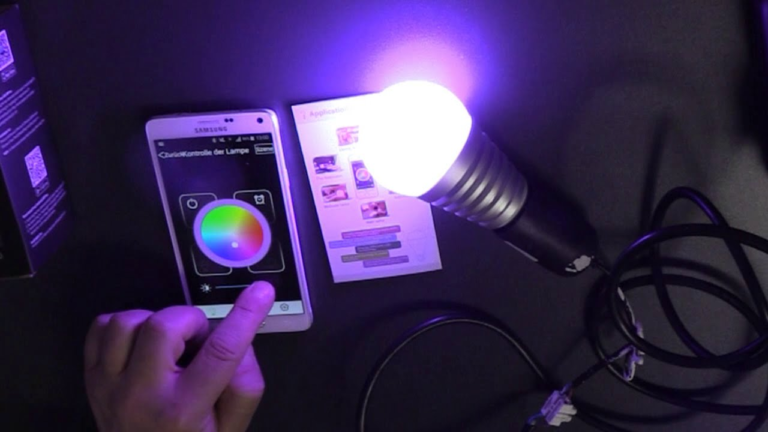As a building manager or owner, you may figure that your facility is functioning okay, thus no need to alter it. If the building automation system is still functional decades later, why spend hundreds of thousands, probably millions, to change it?
These are typical concerns, but you may need to consider the massive optimization and cost-saving opportunities of a modern smart building. It is little wonder that the building automation sector has seen high growth in connected device adoption and IoT (Internet of Things) in the past few years.
Why BMS is Becoming Obsolete
For the longest time, building management systems or building automation systems played a pivotal role in energy management in industrial and commercial facilities. The BMS evolved from a pneumatic system to modern computer-controlled systems.
However, even with the evolution, BMS still serve the purpose they were built for-to simplify the management of critical building functions, mostly HVAC (heating, air conditioning, and ventilation) equipment. However, the old-school BMS is becoming obsolete because of the changing technology. In this digital era, wire-driven automation quickly becomes worn out and less efficient in delivering building data.
How IoT is Redefining Building Automation
With the need to conserve energy and reduce our carbon footprint, and rising demands from a growing tech-savvy generation of tenants, the building automation sector had to change. Modernizing your BMS need not cost a fortune. Using IoT technology, you have the opportunity to tap into endless possibilities for optimizing your building operations without incurring high costs.
1. Easy Upgrades for Functionalities
Battery-operated Internet of Things (IoT) sensors are not expensive, are easy to install, and self-contained. They come with low-power, scalable and dynamic IoT connectivity. You can deploy them across the building to capture crucial insights into the facility’s functions and assets.
Sensor data is collected at the IoT gateways and forwarded to the respective building automation server. This allows automated execution of workflows like alert triggers, activation/shutdown, maintenance schedules, and reconfiguration. You can either install new sensors or relocate existing ones as and when the need arises, the cost implications go down.
2. Utility Savings and Reduction of Carbon Footprint
Energy efficiency has been at the forefront of Smart building automation implementation, and IoT is just the solution. HVAC equipment has, until recently, been uniformly regulated, causing problems like under or overheating a facility. This makes it imperative that you install granular and real-time IoT sensor inputs available on-demand for better energy efficiency. Smart building lighting systems will save you energy and reduce your energy bill costs.
For monitoring usage, wireless utility submeters are ideal for delivering consumption data on individual assets or areas of the facility, especially high energy-consuming areas/assets. When you have such data, you can easily identify bottlenecks and apply counteractive solutions.
3. Improved Tenants’ Well-Being
As a facility owner, you know the importance of maintaining good tenant relationships. Today as more people build smart homes and buildings, the tenants are getting more demanding. Once upon a time, indoor heating used to be the standard metric for tenants, but things have changed.
Humidity, lighting, air quality, among other things, play a part in the ideal conditions that tenants want as part of their well-being. IoT sensors are powerful tools to help you to maintain these conditions at optimal levels.
Facility owners or managers can use motion sensors to assess usage and traffic of different areas and schedule cleaning in those areas. This ensures the facility maintains a high standard of sanitation and amenities are properly maintained. A smart parking system injects order and improves the tenants’ experience and productivity that stems from time wasted looking for parking spots.
4. A 360-Degree View of Facility
IoT automation allows the facility manager to have a 360-degree view of the facility. The wireless sensors allow you to have visibility into all the building’s functions such as waste management, condition of equipment, fire or security safety, etc. The sensors enable you to know when something needs to be fixed and schedule maintenance for the facility.
Conclusion
Things have changed, and the building management system has evolved. Using the old-school systems will eventually cost you more and will do nothing to reduce your carbon footprint. You can upgrade your building inch by inch, saving yourself thousands of dollars in energy conservation.

